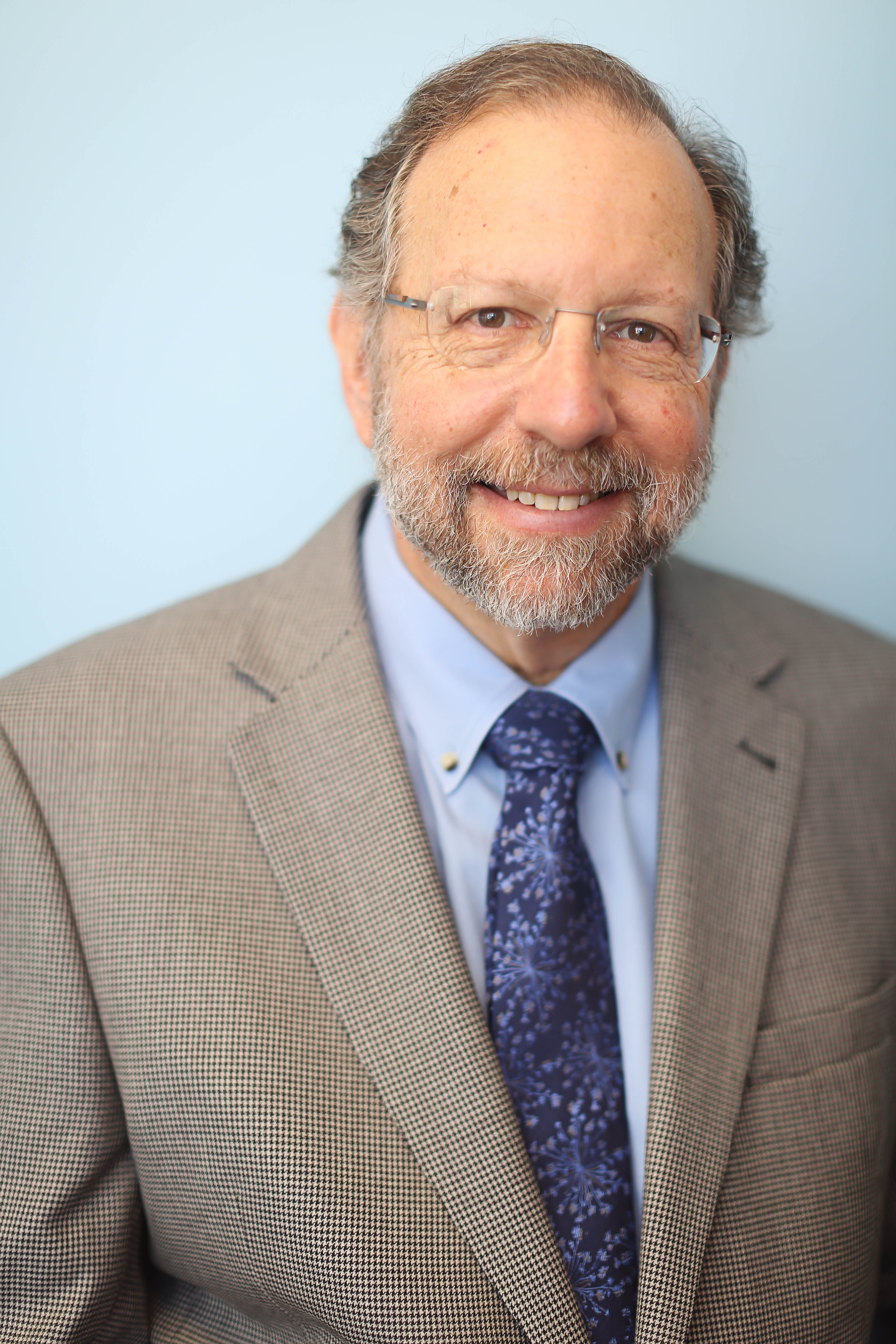
Gene J. Blatt, Ph.D.
Director of Neuroscience
Senior Investigator
Autism Neurocircuitry Laboratory
Program in Neuroscience
801 W. Baltimore Street
Suite 301
Baltimore, MD 21201
443.860.2580 ext730
gblatt@hussmanautism.org
2013-present Director, Neuroscience, Hussman Institute for Autism, Baltimore, MD
2014-present Senior Investigator, Neurobiology of Autism Laboratory, Program in Neuroscience, Hussman Institute for Autism
2014-present Adjunct Professor, Anatomy and Neurobiology, University of Maryland School of Medicine (UMB)
2013-present Adjunct Professor, Anatomy and Neurobiology, Boston University School of Medicine (BUSM)
2011-2013 Full Professor, Anatomy and Neurobiology, BUSM
2003-2011 Associate Professor, Anatomy and Neurobiology, BUSM
1994-2003 Assistant Professor, Anatomy and Neurobiology, BUSM
1991-1994 Research Assistant Professor, Anatomy and Neurobiology, BUSM
1987-1991 Research Associate, Anatomy and Neurobiology, BUSM
1985-1987 Post-doctoral Fellow, Neurophysiology, Salk Institute, La Jolla, CA
1986 Ph.D., Neuroanatomy, Thomas Jefferson University, Philadelphia, PA, Thesis Advisor – Dr. Leonard Eisenman in Olivocerebellar Topography and Organization
1976 M.S., Biology, Bloomsburg University, Bloomsburg, PA, Thesis Advisor – Dr. Robert Sager, Ornithology thesis at Marine Science Consortium, Wallop’s Island, VA in Animal Behavior
1974 B.A., Biology, Temple University, Philadelphia, PA
Current motor and cognitive regions of interest include the basal ganglia, cerebellum, limbic system and cerebral cortex. We have previously demonstrated alterations in the GABAergic system in multiple brain regions, and our studies are now revealing atypical expression of specific types of GABAergic, cholinergic, serotonergic, dopaminergic and glutamatergic receptors. By characterizing abnormalities in the key neurotransmitter systems involved in early brain development, the experiments are designed to better understand the formation of aberrant circuitry and developmental timing of the neuropathology of autism. The aim is to quantify novel biomarkers and to identify specific targets for the development of pharmacotherapies for this complex condition.
Autism is a developmental neurological condition that is characterized by altered social interaction, difficulties with language and atypical responses to sensory stimuli. While the etiology of autism is largely unknown, the condition is thought to be highly genetic. Recent findings in the field have pointed to key genes suspected to be involved in developmental and molecular processes. In the Autism Neurocircuitry Laboratory, we investigate the role and significance of specific biomarkers as products of altered genetic expression. Our focus has been to explore the GABAergic and Glutamatergic systems in parallel, investigating the balance of excitation and inhibition in affected areas of the autism brain. We study the neuropathology and neuropharmacology of autism in postmortem human brain tissue utilizing modern methods such as in situ hybridization, immunohistochemistry, and in vitro ligand binding for neurotransmitter receptors and transporters.
